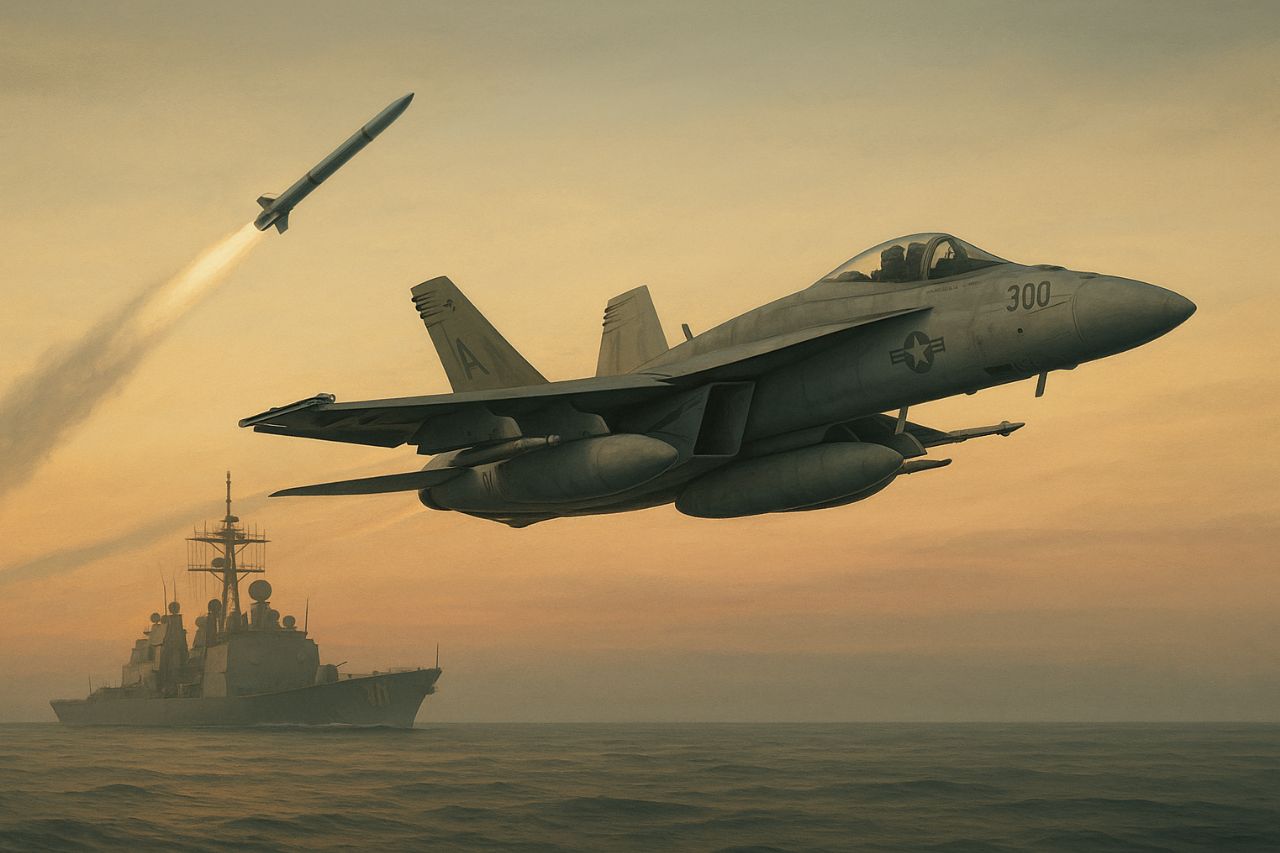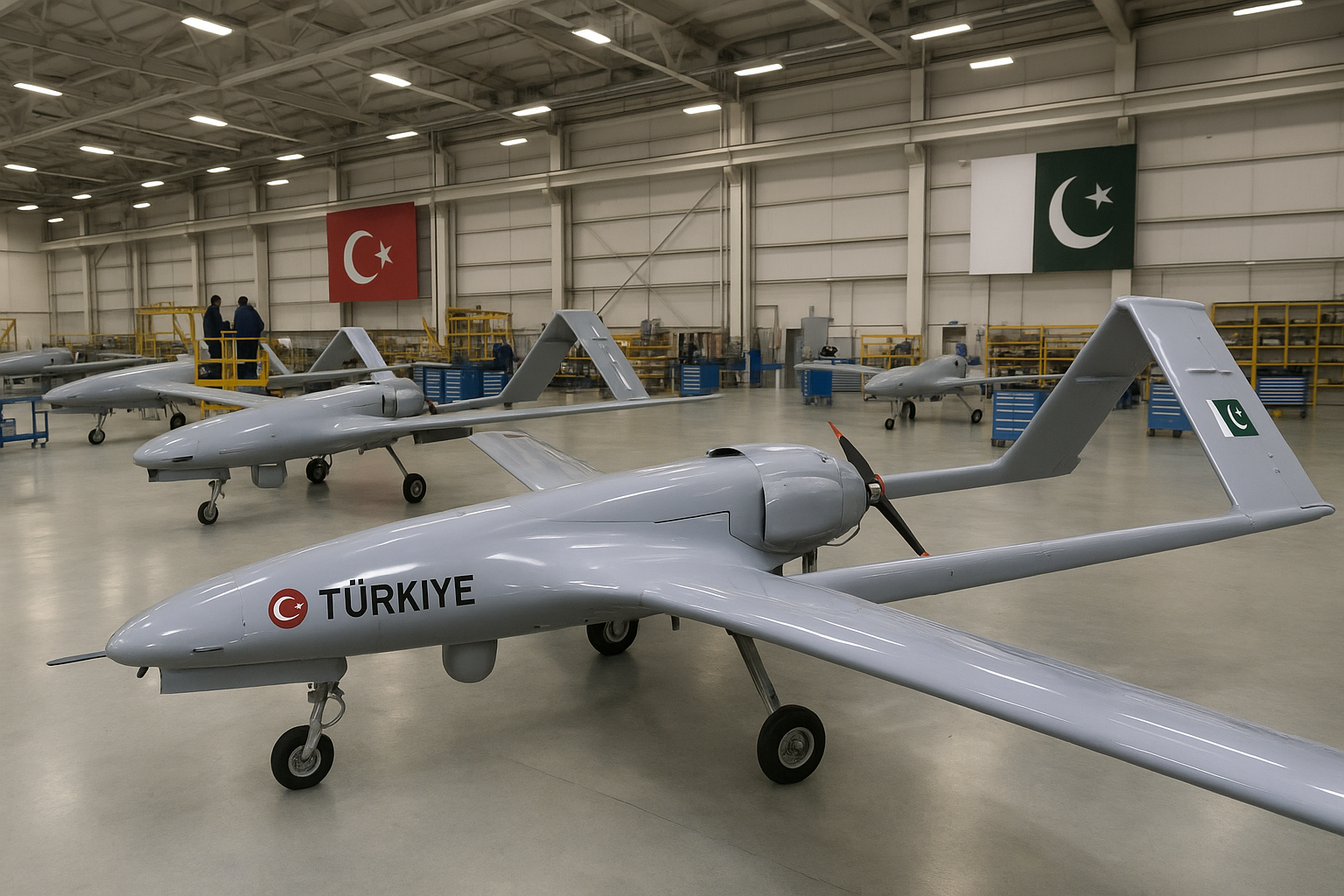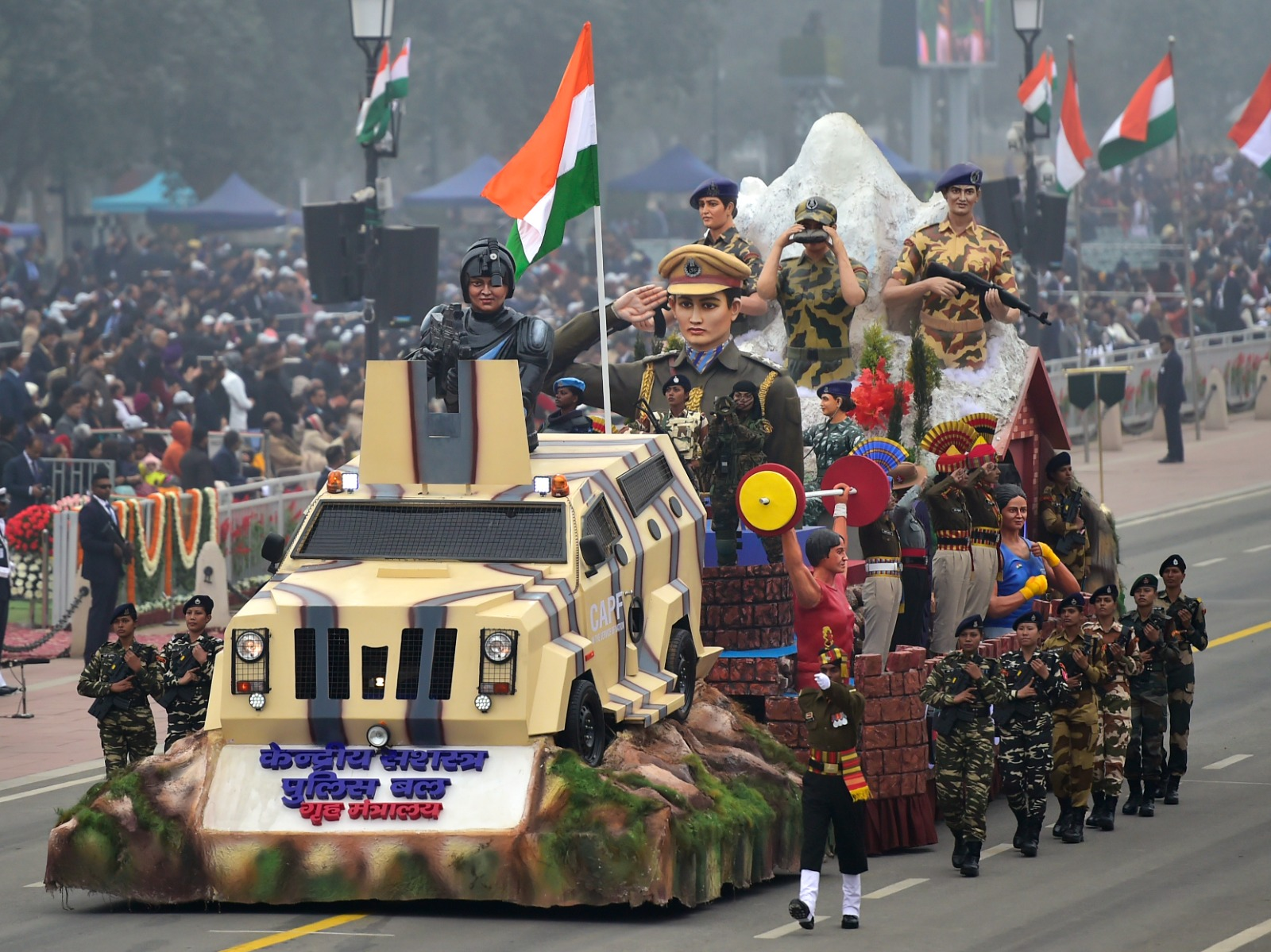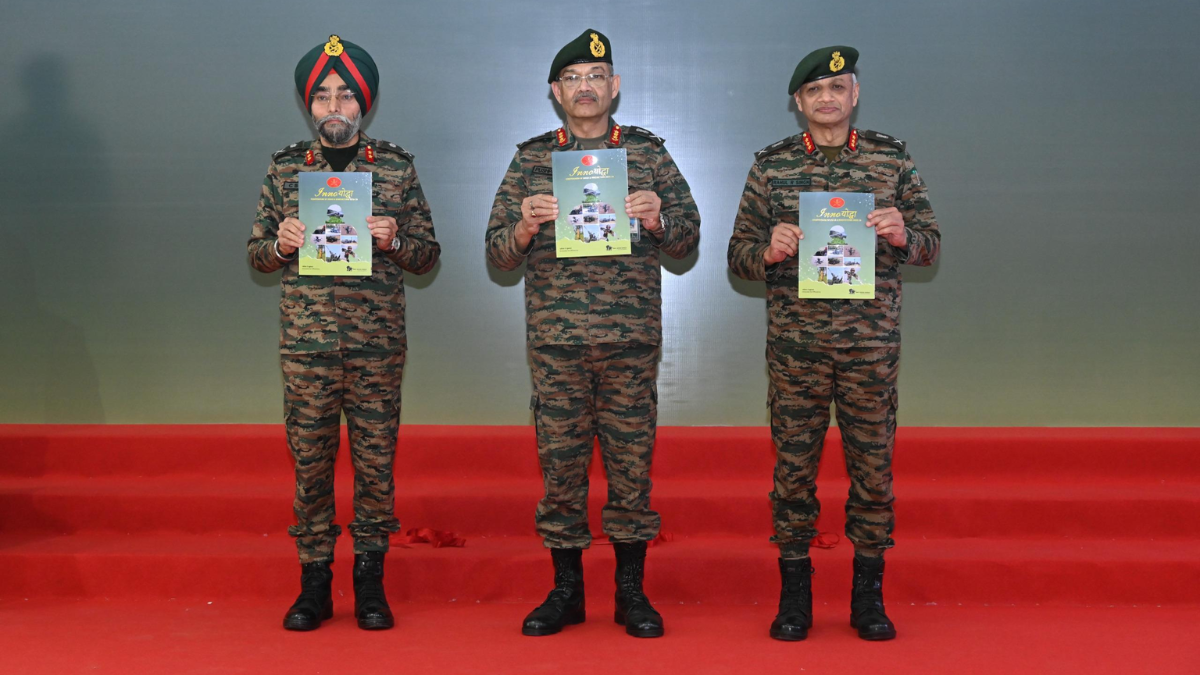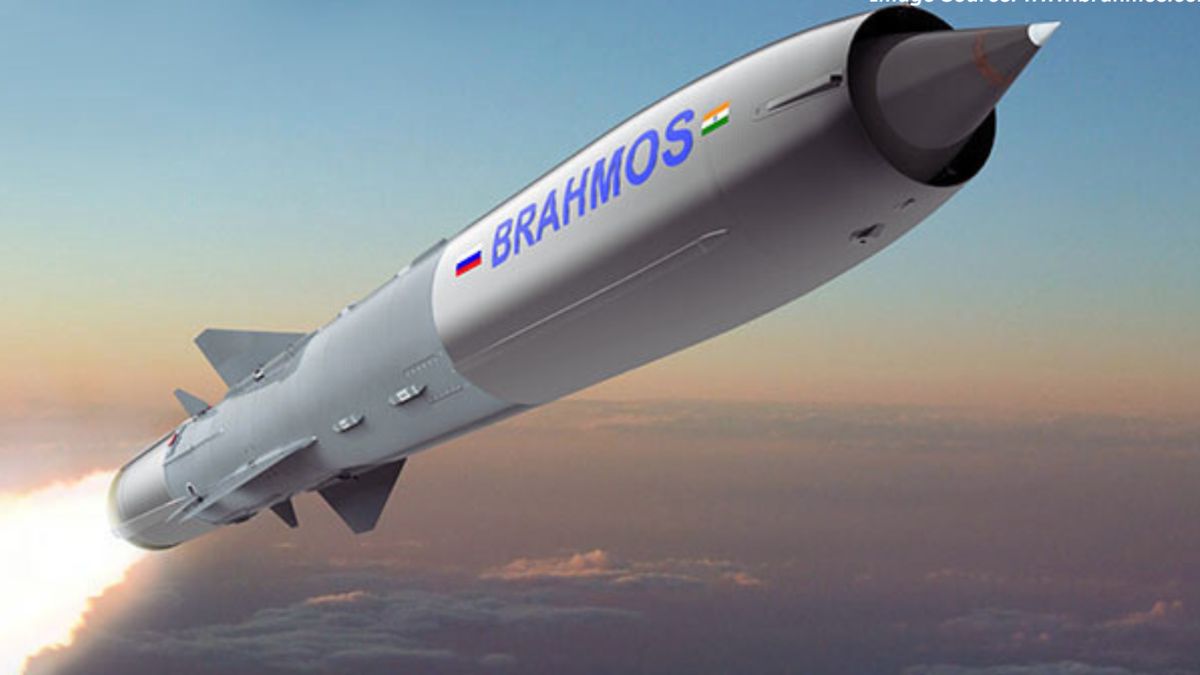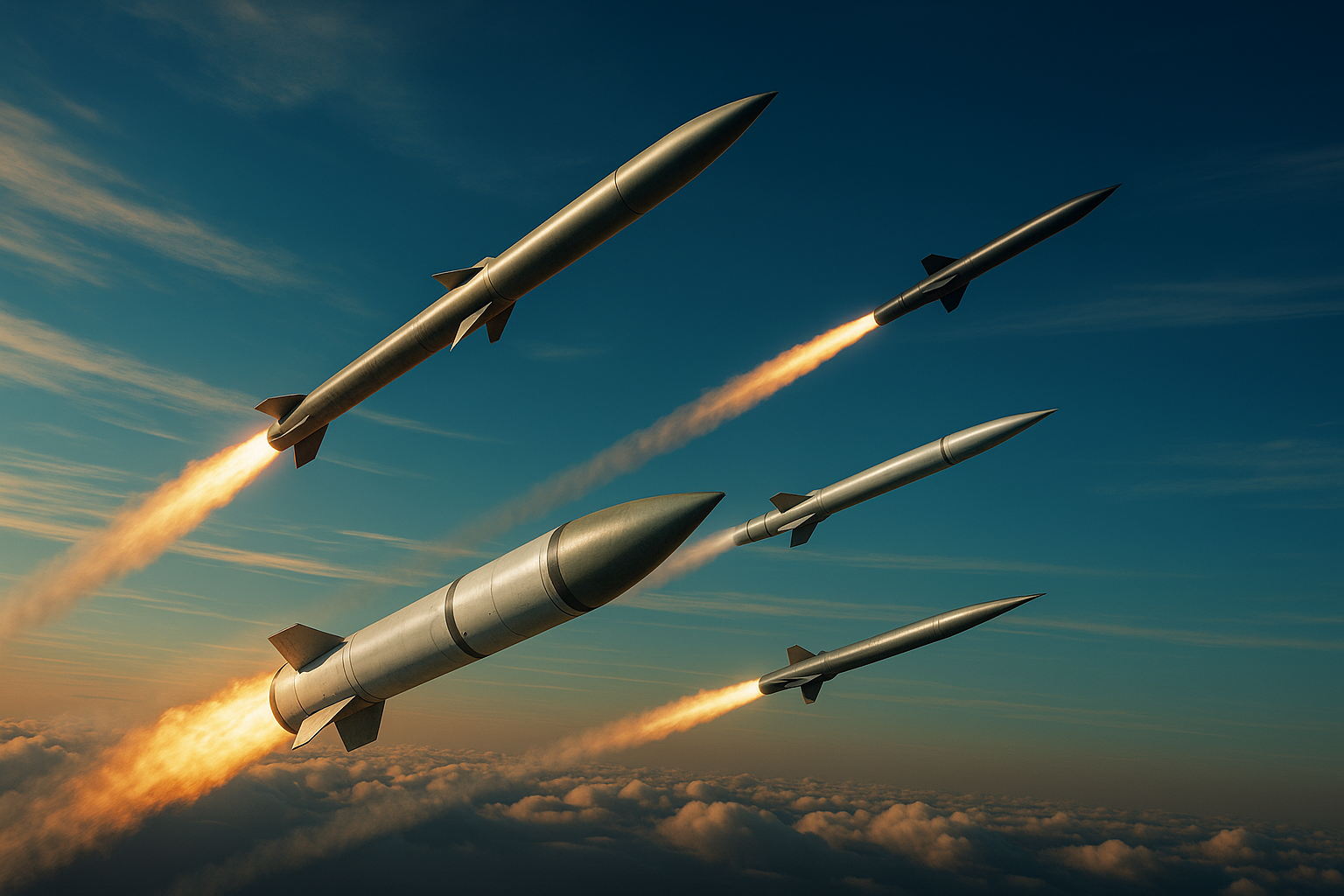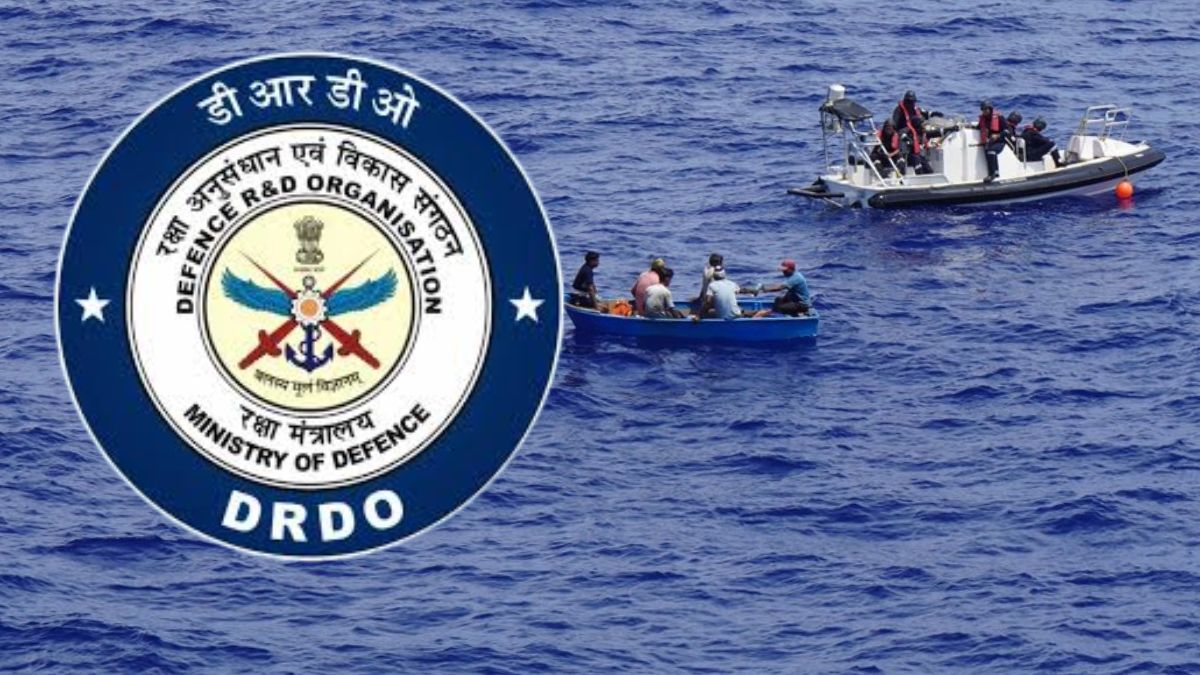India To Pump Up Indigenous Aircraft Engine, Propulsion System Development With France, UK
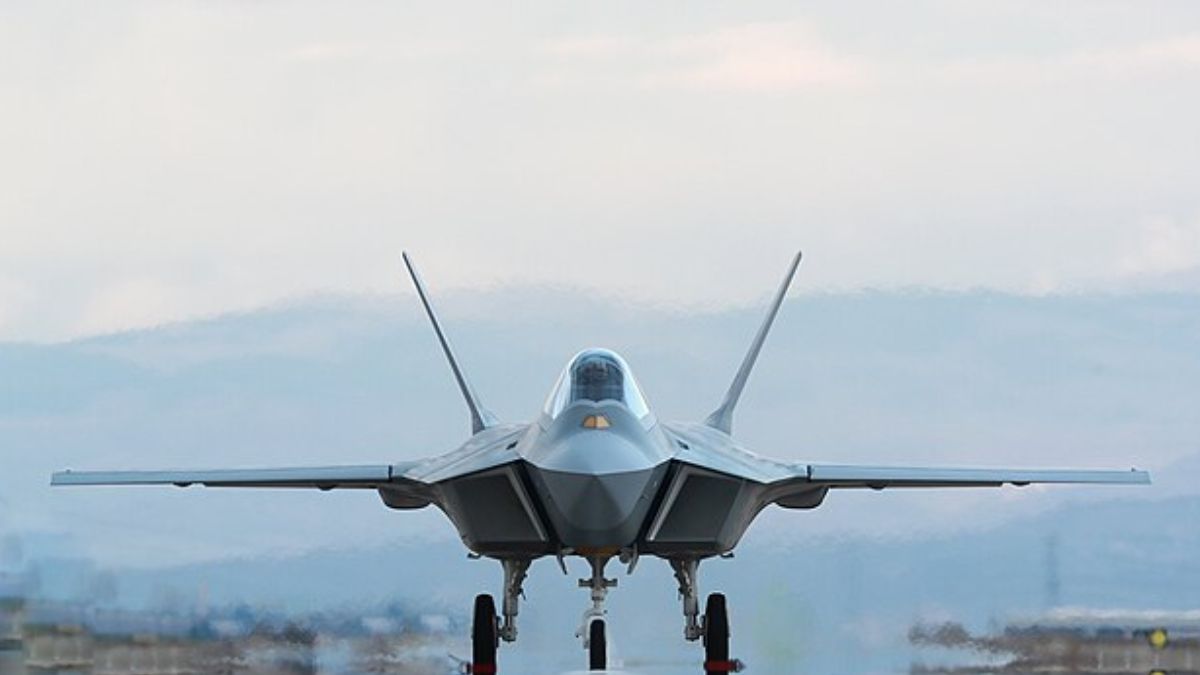
Foreign partnerships to co-develop a fighter jet engine in India are being sought out. Image Courtesy: Wikimedia Commons
India is taking significant strides toward developing indigenous fighter jet engines, with parallel efforts under way to co-develop advanced propulsion systems for both manned and unmanned aircraft. The Defence Ministry has recommended a partnership with France for the development of next-generation fighter engines, even as British aerospace major Rolls-Royce has shown interest in working with Hindustan Aeronautics Limited (HAL) on engine development for unmanned combat platforms like the CATS Warrior.
These developments come amid India’s decades-long effort to build a self-sustaining fighter aircraft ecosystem. While current platforms continue to rely on imported engines, India is gradually building the technical foundation for independent capability.
Why has France been chosen for India’s next-generation fighter jet engine project?
After evaluating proposals from France’s Safran and the UK’s Rolls-Royce, the Indian Defence Ministry has decided to move forward with a partnership with France to jointly develop a 120 kN thrust-class engine for future fighter aircraft. The project, valued at Rs 61,000 crore, will be essential for powering the upcoming Advanced Medium Combat Aircraft (AMCA) and other future platforms.
Sources said a consultative process involving technical committees and stakeholders found the French offer more favourable, particularly due to the promise of full technology transfer. Safran had earlier proposed a roadmap aligned with the AMCA’s development timeline. Defence Minister Rajnath Singh has personally pushed for the project, which is seen as key to reducing India’s dependence on foreign manufacturers and fostering domestic capabilities.
India is also negotiating with the United States for the licensed production of GE-414 engines to power the AMCA’s initial variants. Talks are ongoing, with India insisting on over 80 percent technology transfer, including for high-temperature coatings and single-crystal blade manufacturing.
What are the prospects for an indigenous engine for India’s loyal wingman drone?
British firm Rolls-Royce has expressed interest in partnering with HAL to co-develop a propulsion system for the CATS Warrior, an unmanned combat aerial vehicle (UCAV) designed to operate alongside Indian Air Force fighters. This follows a reassessment of the platform’s propulsion needs after its maximum takeoff weight (MTOW) was increased from 1.3 tonnes to 2.1 tonnes.
The current PTAE-W turbojet engines, derived from the PTAE-7 used in the DRDO Lakshya drone, produce 3.7 kN of thrust each. HAL is now looking for engines capable of at least 3.433 kN of thrust per unit to support the heavier CATS Warrior MkI and, eventually, a 3-tonne MkII variant with beyond-visual-range air-to-air missile capability, IDRW reported.
Rolls-Royce’s proposal could offer a more advanced propulsion system tailored for unmanned applications, supporting India’s ambitions for autonomous combat platforms with features like stealth, MUM-T (manned-unmanned teaming), and ATOL (autonomous take-off and landing).
How do these developments contribute to India’s long-term defence self-reliance?
Currently, all Indian fighter aircraft, from the Tejas to the Su-30 MKI, are powered by engines developed abroad. Engine procurement and maintenance constitute a large share of total fighter lifecycle costs. Developing and manufacturing engines domestically would significantly cut costs, improve readiness, and reduce foreign dependency.
India’s previous effort under the Kaveri engine programme did not produce the required thrust for manned fighters but is now being revived for unmanned systems. With more than 250 next-generation engines needed in the coming decade and additional demand for drone propulsion, the new partnerships with France and potentially the UK are aimed at building a sustainable domestic ecosystem.
